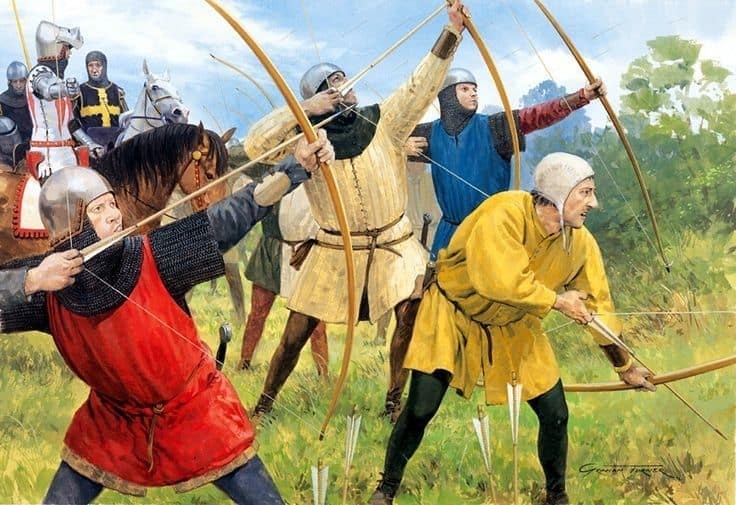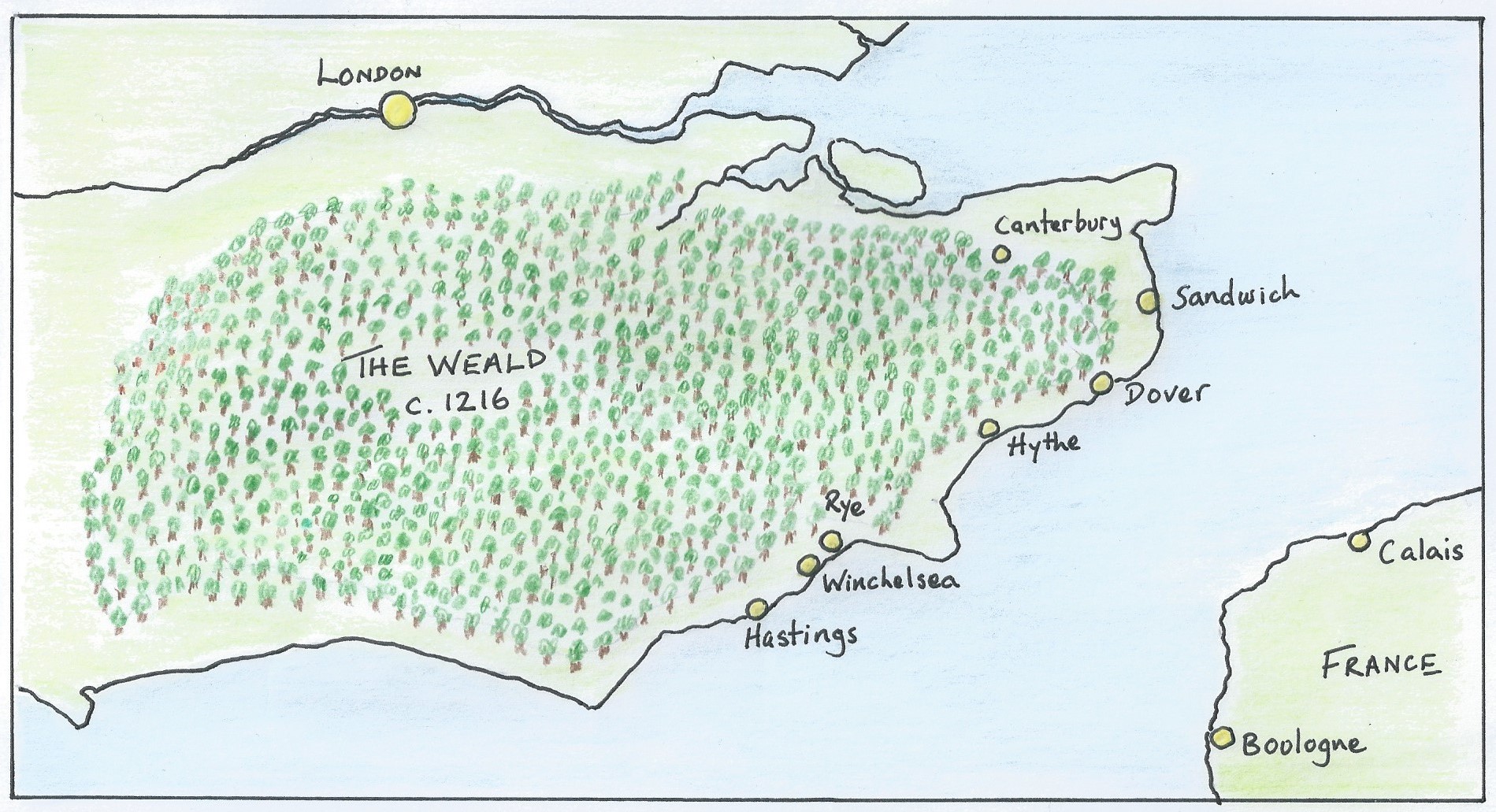Robin Hood is a legendary figure whose mythical stories have captivated historians and writers for centuries. However, research suggests that William of Kensham, a forgotten hero from an area near Sandhurst in Kent, could have been the real-life inspiration behind the legend.

During the early 13th Century England was under invasion from Prince Louis of France who wanted to take the Crown from King John. French armies ravaged the countryside of southern England, villages were levelled, buildings and crops burned as French invaders left a path of rape, pillage and destruction. But from the depths of despair emerged one man, hailed in the Chronicles as a national hero and a fighter for English freedom from French aggression. This person was William of Cassingham, who became known as ‘Willikin of the Weald.’
The Weald of Kent, which was densely forested and sparsely populated at that time, became William’s battlefield where he attacked the French with help from skilled local huntsmen using their favoured hunting weapon, the longbow. William and his men had extensive local knowledge and knew the terrain well, giving them a distinct tactical advantage against the heavily armoured French knights whose weapons were less effective in the forests. William’s archers adopted ‘hit-and-run’ tactics causing maximum damage before disappearing into the trees.
Evidence of who William was or where he came from is unclear; he appears to have been a young loyalist with military skills which he may have learnt whilst fighting in France for the lands of his Plantagenet King. One important factor in his success was the support he had of local villagers who provided safe-havens, supplies and information for William and his resistance fighters. The French labelled William an outlaw, however the Chronicles record how he returned possessions, looted by the French, to their rightful owners earning him admiration and thanks from local people.
After King John died in October 1216 William swore loyalty to the new King, Henry III, and continued to fight the French. Although the French army vastly outnumbered William’s archers the French soldiers were disadvantaged as they were afraid to venture onto the roads and tracks of the Weald because of William’s reputation and the fact that he took no prisoners! With their supply lines to London cut off and a failed attempt to land reinforcements at Dover after William’s men killed more than a thousand French soldiers, Louis army was eventually defeated and by summer 1217 they retreated back to France.
At the end of the war William was rewarded with titles and land in Essex and Kent including the Wardship of the Seven Hundreds of the Weald. As peace descended and the battles ended the name of Willikin of the Weald ceased to feature in the Chronicles, though his reputation and his legend lived on. Medieval Cassingham became the small hamlet of Kensham near Sandhurst and all that stands today are the buildings of Kensham Farm.

It is impossible to read the story of Willikin of the Weald without drawing parallels with the legend of Robin Hood. There is no contemporary evidence relating to the existence of a Robin Hood from Nottingham. But, what we do know is that the records of William of Cassingham’s actions absolutely did take place and he was indisputably a real person……..What do you think?
References:
William of Cassingham – Wikipedia
YouTube – search Willikin of the Weald for a more animated view.
Article written by Linda Redden the Rural Project Officer at The Amelia in Royal Tunbridge Wells. Linda is currently (June 2024) delivering the People and Places community placemaking project celebrating Sandhurst’s heritage.





















